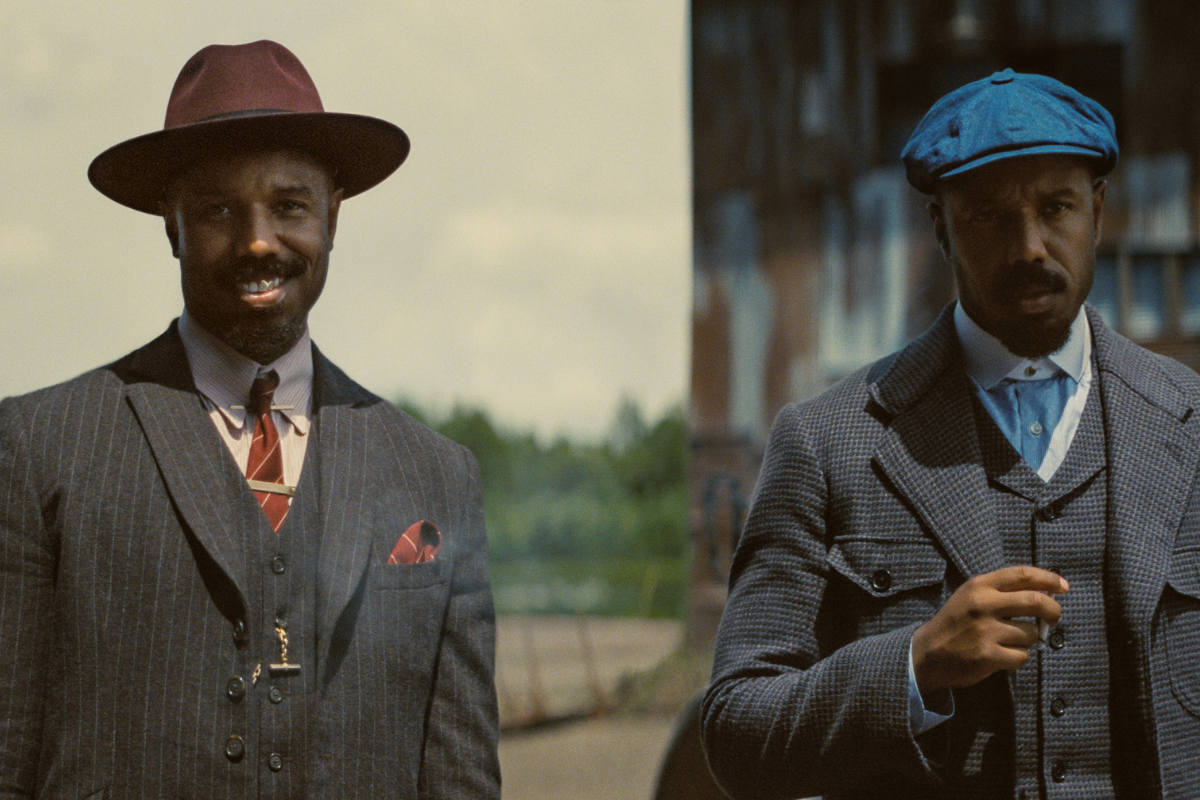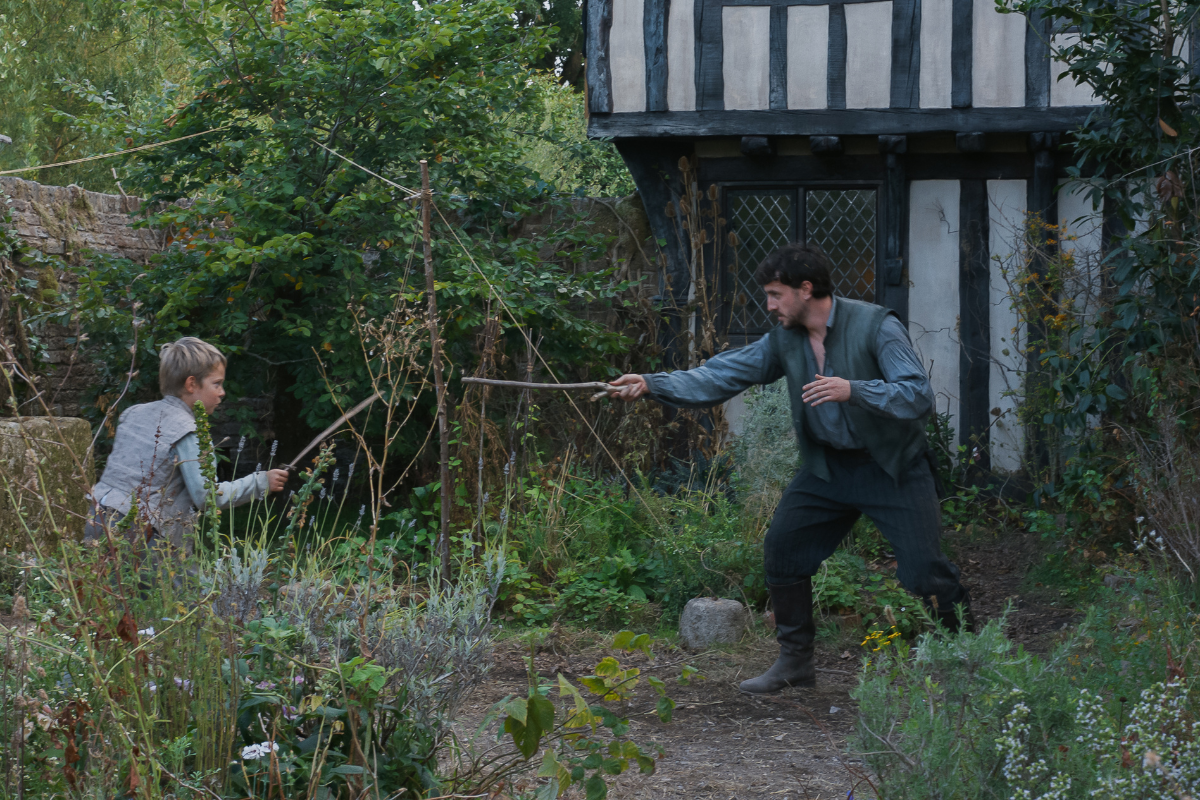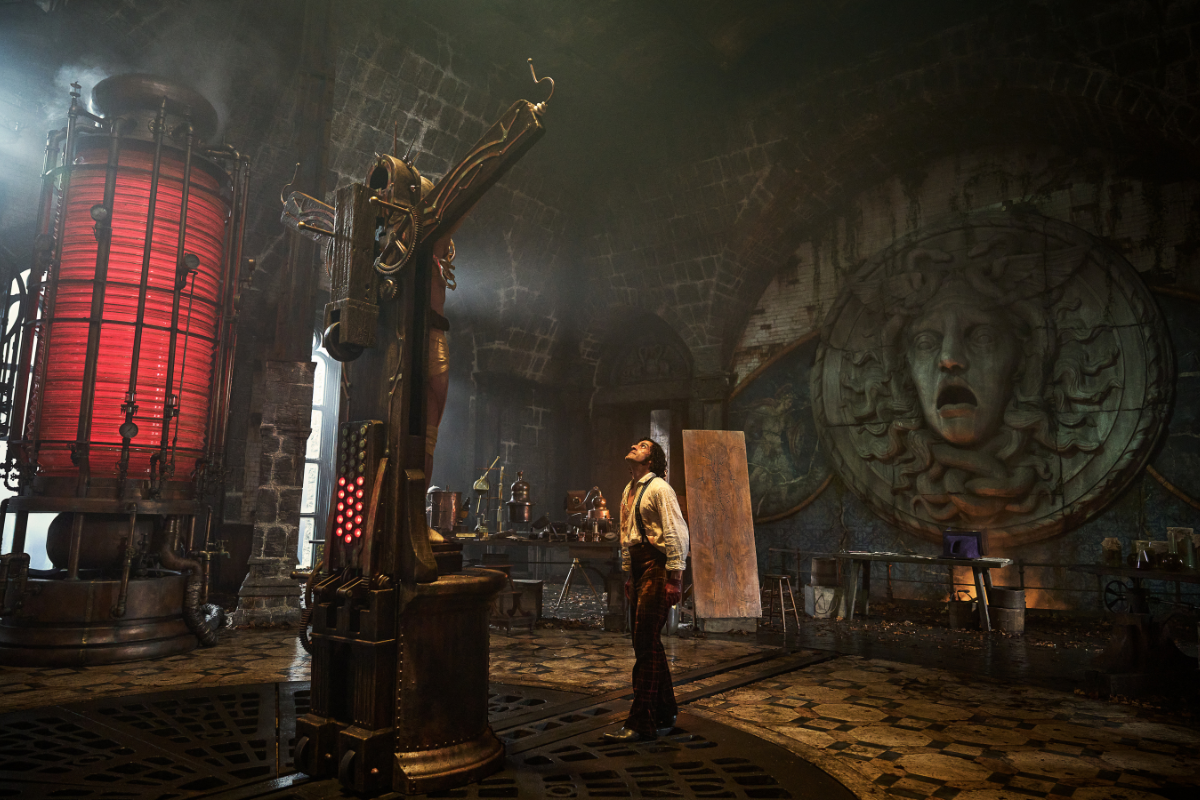What’s a Callback in a Script and Are They Necessary or Even Useful?
Make your script more entertaining, more coherent, and show your reader you’ve really thought this through.
It’s OK if you’re not super familiar with the term ‘callback’. It’s not one of the most commonly used bits of screenwriting terminology or jargon, but it’s a really helpful and fun tool. Yes, I said fun.
A callback is when you as a writer bring something back in a script or connect a later part of your script with an earlier moment, or scene, or action, or even some words in dialogue. Now if you google this, you’ll probably be swamped with examples of callbacks in movies that use moments from previous movies. You know, how Marvel might mention something from an earlier film, or a reboot of a franchise will give a nod to the old movies. That’s not what we’re talking about here. That’s an entirely different, much more pandering type of thing, and you don’t have to worry about it until you’re paid to write the sequel to your blockbuster.
For this article, a callback is the tool you use to make your script more entertaining, more coherent, and to show your reader you’ve really thought this through. It could be something simple, like establishing a character uses a certain phrase when they are stressed in the beginning, and then at the end when they’ve been through an emotional journey – you re-work that turn of phrase to help show the character’s evolution. Or you use a character’s particular quirk introduced early to somehow impact your climax. Indiana Jones and his snake phobia is a solid example.
The best callbacks are subtle. The writer doesn’t go out of their way to draw attention to something early in the film, nor do they wave big flags when it returns later. The last thing you want is for the audience to notice. That defeats the whole game. (This is the bit where I said callbacks are fun.) Your entire script is essentially one long communication with your audience. You’re telling them a story, and you’re trying to do it in the most entertaining and engaging way you can. Right? Otherwise, what are we all doing here?
If you think of your script that way, then obstacles become challenges. And callbacks become useful, fun tools, and something to give to your audience to let them know you’ve not only thought this whole script through, you actually still remember what happened earlier, and who your characters are, and how they are evolving. I mention this, because I’m not sure if you’re like me, where sometimes I’m writing page 85 and page 10 feels like forever ago.
A callback shows you care. A callback shows you are smart, and you are using your characters’ strengths and weaknesses to your advantage. A callback shows you have developed a sophisticated command of screenwriting craft.
Do I have to include a callback in my script you ask? Obviously there’s no rule that a callback is required. I can’t force you. But I would strongly recommend thinking about them as you write, and being aware of both the positives and potential negatives.
Thinking about callbacks forces you to think about your characters, and your story structure, in new and more in-depth ways. Once you start thinking about how you can use something your character says or does in the beginning, as a way of impacting your ending, you’re organizing your draft, and you’re examining your character as a person with genuine attributes. You’re almost accidentally helping to build structure. You’re almost accidentally giving your characters more complexity. You’re building a more meaningful relationship with your audience, and honestly, a more meaningful relationship between you and your script. Because you’re finding ways to build connections. To integrate your story, and provide everyone with a more coherent, well rounded, and meaningful journey.
But there are things to watch out for. I already mentioned not being too obvious. Don’t give your character a particular, or odd trait that doesn’t really fit them just so you can use it later. And try to avoid adjusting your story too much simply to fit in something cutesy or fun in the callback, when it would cause some sort of damage to your plot. In other words, don’t force it.
A great example for me is in the movie Jojo Rabbit. About halfway through the movie, Jojo and Elsa have a brief chat about what Elsa would do first if the war ended. She says she’d dance. That’s pretty much the whole chat. In the last scene when she’s finally able to leave her hiding place, the first thing she does in the street outside the house without any dialogue at all…is dance. It’s a beautiful, emotional moment because the audience has all the context we need. Simple, easy, super impactful.
So whilst I can’t force you to include a callback, just thinking about ways to re-integrate something that’s already been said or has happened as your story develops is smart screenwriting. It’s an effective moment for your audience, it shows an industry reader you know your way around storytelling, and it’s fun. Just like I said it was earlier in this article.
Tim Schildberger is an experienced writer, script coach, author and co-founder of Write LA - an annual screenwriting competition which gets winning writers read by Literary Managers. Tim works with writers to improve their emotional connection with their stories and characters - a crucial element needed to launch industry careers. He’s also a journalist, one of the key members of ‘Borat’, creator of ‘Lawrence of America' for the Travel Channel, host of the podcast ‘Script, Mate!’, and author of popular screenwriting book ‘The Audience and You’ available on Amazon and wherever good books are sold. In his spare time, Tim is a parent, tennis player, and fan of Australian Rules Football. For more of Tim's tips and opinions - Instagram: @writela







